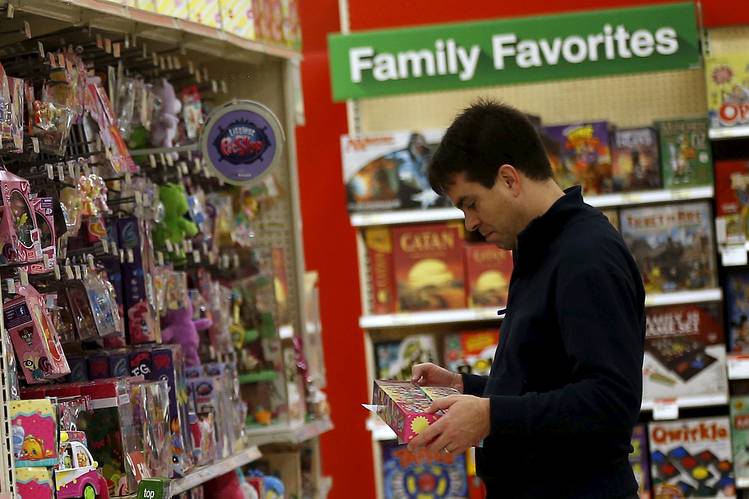One of the Federal Reserve’s top policymakers has warned of increased risks to US growth and flagged up a troubling fall in inflation expectations, as caution continues to percolate through the central bank.
Bill Dudley, president of the New York Fed, said hazards facing the US have escalated amid this year’s market turmoil and worries about emerging market growth, although he has not yet fundamentally marked down his economic projections, Yahoo reported.
Should the turmoil in markets persist, it would trigger a “more significant downgrade” to his outlook, Dudley said. He said a further fall in market and survey-based inflation expectations would be “worrisome”, as doggedly low inflation could eventually become entrenched in investors and consumers’ outlooks.
Since lifting rates in December for the first time since 2009, the Fed has appeared increasingly wary of following with another increase too soon, preferring to hold fire and assess what damage–if any–the tightening of financial conditions and slowdown in China will do to US growth.
Some Fed officials have been blunt. Last week Lael Brainard, a Fed governor who expressed public anxiety about tightening late last year, said she expected shocks from abroad to prompt the Fed to lift short-term rates by less than some observers had expected.
Balance of Risks
As part of the inner circle of Fed rate-setters, Dudley’s views are closely watched. His speech cites factors such as the persistent drag of low energy prices and the high dollar on actual inflation data which depressed the chances of a return to the Fed’s 2% target.
“At this moment, I judge that the balance of risks to my growth and inflation outlooks may be starting to tilt slightly to the downside,” his speech says.
The Fed declined to weigh up the risks in its January statement, preferring to stress the uncertainty and draw no conclusions. The Fed next meets from March 15th-16th and its statement on the risk factors will be key. If downside risks predominate, investors will further push back expectations for the next rate increase, having already largely ruled out a move in March.
Official figures on Friday morning showed the US economy grew more rapidly than previously estimated in the fourth quarter of 2015, while inflation picked up in January along with household spending.
But data in other big markets have been less encouraging. Peter Praet, an executive board member at the European Central Bank, warned on Friday that global growth was “losing momentum” and that weak pricing pressures were a signal of poor world demand.
Dudley was particularly worried about inflation expectations, which central banks see as key to delivering stable price growth. Consumer surveys show these are falling: both the New York Fed’s own survey and that of the University of Michigan showed the lowest readings on record.
Catastrophic
MarketWatch reported that it is almost impossible to assess the progress of the United States economy over the past four decades without feeling disappointed. Nearly one-third of the country’s productive potential has been thrown away on spending that adds nothing to real wealth or was destroyed by the 2008 financial crisis.
Since the mid-1970s, the US has ramped up spending on healthcare administration by about 4% of gross domestic product and increased expenditures on overtreatment by about 2% of GDP. Countries like Canada, the United Kingdom, and France have not followed suit, and yet they do just as well—if not better—at ensuring that their citizens stay healthy.
Meanwhile, over the same period, the US has redirected spending away from education, public infrastructure, and manufacturing toward providing incentives for the rich—mostly in the form of tax cuts. The US spends 10% more than it used to on making it easier for the rich to accumulate wealth, but it has cut public investment in physical and human capital by roughly 4% of GDP, compared to what would have been expected if spending patterns had followed historic trends.
Forty years ago, for example, the US spent roughly 4% of its GDP on finance. Today, it spends twice that. And the results have been catastrophic.


